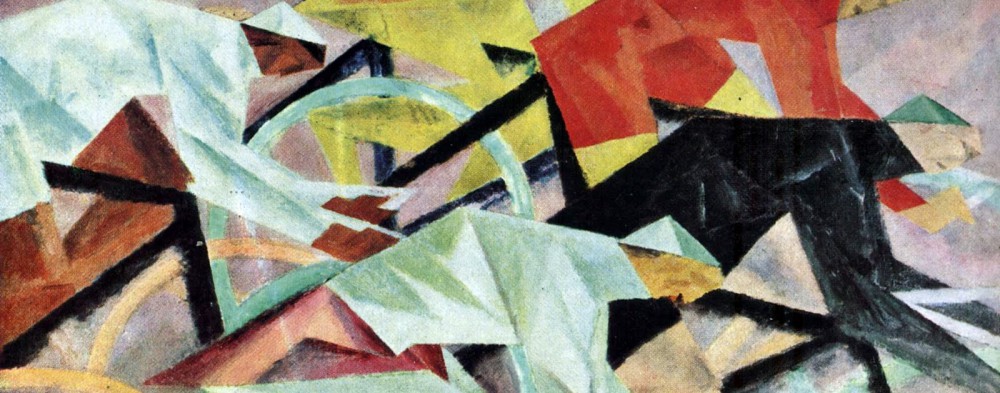It happens late every summer. Even if the weather is not unusually rainy, mushrooms begin to populate our yard. Just in our little house lot they can be rather diverse and interesting. I’m no mycologist, nor am I a wild mushroom gourmet. There’s too much chance of an identification error leading to radical disability or death; I’m getting all my ‘shrooms at the grocery store, thank you very much.
Another thing that happens in the late summer is that we get lazy about mowing the lawn. I have a laissez-faire attitude about what grows in our yard. If it’s green, I mow it. One application of lime in the spring, and one application of fertilizer; that’s about it. I don’t want to contribute to the pollution of the Chesapeake Bay watershed just so I can have a thick, green lawn exclusively consisting of shade-tolerant rye and fine tall fescues. Those things are oversold, anyhow. A significant portion of our lawn does not get four hours of sun a day, even in the summer. The shade and the soil have brutalized most all my efforts to grow the respectable lawn grasses of American suburbia.
So, by late August, the weed grasses like crabgrass have joined the violets, clover, false strawberry, and Creeping Charlie to create a great mass of green that would give a lawn care expert apoplexy. And so that is what I mow. When I get to it. Late summer has too many distractions, from the occasional last-gasp heat wave that begs for languid porch time to the insistent demands of gearing up for the fall semester. (The local community college started classes on August 19 this year, just three days after the annual faculty contract begins, and several days earlier than any of the local public schools. Why? My alma mater begins a decent, respectable three days after Labor Day, but finishes on the same date in December.)
Consequently, I found myself the other day pushing the mower through some dense, dew-watered weed grasses, and was again impressed by the variety and abundance of mushrooms. In one barren spot under our hemlock tree there were some large bolete mushrooms, with their thick caps and heavy-set stems; several had been pushed over, perhaps by curious squirrels. The large, mature ones, a tannish-gray, measured about 9” in diameter. The smaller emergent ones were just above the soil, more cap-like and less spread out. In another spot uphill from the driveway the same variety was forming a fairy ring. I now understand that these circles are an expression of the tips of a single, large underground organism, and that the largest single organisms we know of in the world, in terms of area and mass, are fungi.
The other two varieties I observed as I mowed were both amanita species, smaller mushrooms with longish, slender stems, thin caps, and prominent gills. The amanita jacksonii has a cap that’s bright orange-red in the center, fading to pale yellow at the edge. The grisette is tan-white, with similar size and proportions. Amanita apparently includes some very poisonous varieties, so that even most advanced experts advise not eating them.
Over the coming days I am going to be looking for more fungi in the yard, and enjoying at supper the 24 ounces of Baby Bellas I just got at Costco.
Arnold Bradford, copyright 2019




